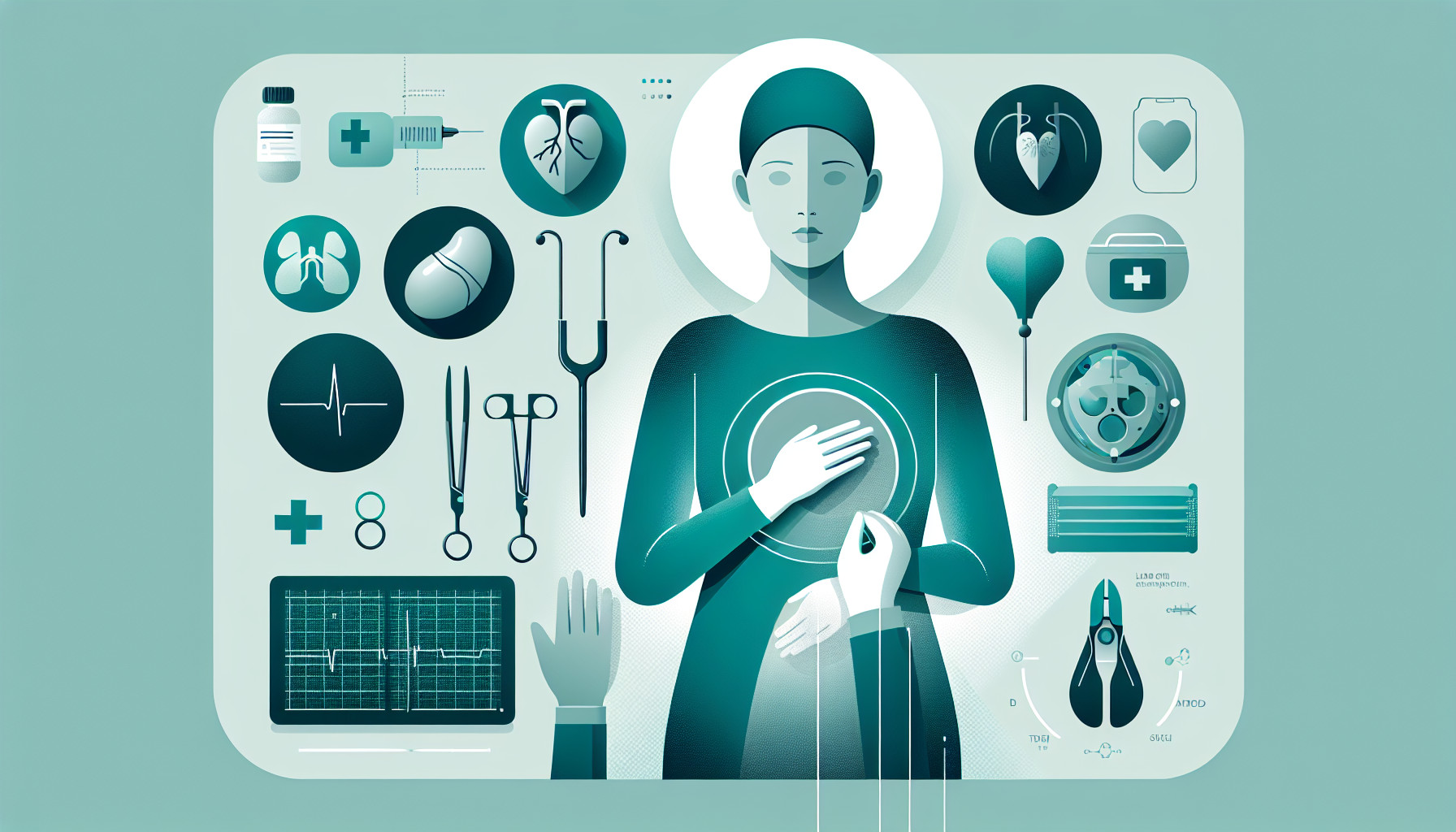Our Summary
The research paper evaluates the use of surgical clips during breast-conserving surgery to improve the accuracy of identifying the area where the lump was removed (lumpectomy cavity). This is important for radiation therapy, which needs to be precisely targeted.
The study involved 23 women with breast cancer who had undergone lumpectomy and radiation therapy. During the surgery, four surgical clips were placed on the different walls of the lumpectomy cavity. The patients were imaged before and during radiation therapy, and the clips were digitally removed from the images to compare the accuracy of identifying the lumpectomy cavity with and without the clips.
The study found that the clips significantly increased the average volume and dimensions of the lumpectomy cavity that the radiation oncologists could identify. This made the radiation therapy more accurate. However, the consistency of identifying the lumpectomy cavity was only improved in one specific dimension.
In simpler terms, the study concludes that using surgical clips during breast-conserving surgery can help doctors more accurately identify where to target radiation therapy. This could potentially lead to more effective treatment. However, the clips only improved the consistency of identifying the lumpectomy cavity in one aspect.
FAQs
- What is the purpose of using surgical clips during breast-conserving surgery?
- How does the use of surgical clips affect the accuracy of radiation therapy after a lumpectomy?
- What were the findings of the study regarding the use of surgical clips in identifying the lumpectomy cavity?
Doctor’s Tip
So, a helpful tip a doctor might tell a patient about lumpectomy is to discuss the option of using surgical clips during the procedure to improve the accuracy of radiation therapy targeting. This can potentially lead to better outcomes and more effective treatment.
Suitable For
Patients who have undergone lumpectomy for breast cancer are typically recommended to have surgical clips placed during the surgery to improve the accuracy of radiation therapy targeting. This can benefit patients by ensuring that the radiation therapy is precisely delivered to the area where the tumor was removed, potentially leading to better treatment outcomes.
Timeline
Before lumpectomy:
- Patient may undergo a mammogram, ultrasound, or MRI to identify the lump in the breast.
- Biopsy is performed to confirm the presence of cancer.
- Treatment options are discussed with the patient, including lumpectomy as a breast-conserving surgery option.
After lumpectomy:
- Patient may experience soreness, swelling, and bruising in the breast area.
- Pathology report confirms the type and stage of cancer removed during the surgery.
- Radiation therapy or other adjuvant treatments may be recommended based on the pathology report.
- Follow-up appointments are scheduled to monitor healing and discuss further treatment options.
What to Ask Your Doctor
Some questions a patient should ask their doctor about lumpectomy and the use of surgical clips include:
- How will the placement of surgical clips during my lumpectomy affect my radiation therapy treatment?
- What are the potential benefits of using surgical clips in identifying the lumpectomy cavity for radiation therapy?
- Are there any risks or complications associated with the use of surgical clips during breast-conserving surgery?
- How will the surgical clips be placed and removed during the procedure?
- Will the presence of surgical clips impact my follow-up imaging tests or mammograms?
- How soon after the lumpectomy will I start radiation therapy, and how will the surgical clips be used in the planning process?
- How long will the surgical clips remain in place, and will they need to be removed at a later time?
- Are there any alternative methods or technologies available for accurately identifying the lumpectomy cavity for radiation therapy?
- How will the use of surgical clips during my lumpectomy affect my overall treatment plan and prognosis?
- Are there any specific instructions or precautions I should follow related to the presence of surgical clips after my lumpectomy?
Reference
Authors: Atrchian S, Sadeghi P, Cwajna W, Helyer L, Rheaume D, Nolan M, Sadeghi P, Robar J. Journal: J Surg Res. 2018 Jan;221:30-34. doi: 10.1016/j.jss.2017.07.033. PMID: 29229142
